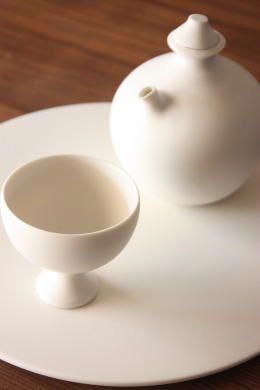Bone China Vs Porcelain

Bone china vs porcelain.
Bone china vs porcelain. Bone china does differ considerably in manufacturing but the reality is all china including fine china and bone china is porcelain. In the united states a clay body must contain at least 25 percent bone ash by weight to be classified as bone china but other nations may have different definitions. Shop our premier collections to view our offerings in both bone china and porcelain dinnerware. It wasn t until the early 1700s that hard paste porcelain akin to modern wares was made in germany by combining clay with feldspar.
The same manufacturing processes are used in making fine china but without the bone content. It can be fired at a temperature as low as 1 450 f to produce the same strength as hard paste porcelain fired at the higher temperature. To make the best decision when choosing tableware it s a good idea to learn about the pros and cons of each material. Porcelain is also.
Bone china a kind of ware made of a lucid body out of 30 phosphate from calculated amount of calcium phosphate and animal bone. When you re shopping for dinnerware whether casual or formal there is a wide variety of materials to choose from including porcelain stoneware bone china and earthenware each material has its own qualities features price points and yes drawbacks. Bone china is a special type of porcelain made with a clay body that includes bone ash among its primary ingredients. Porcelain is harder than bone china and it is fired in a kiln at a higher temperature than bone china.
Bone china is as its name suggests made from bone cow bone in particular although in rare cases you could be eating off of a plate made from a dead person. For more details on the properties and production process of porcelain and bone china see our in depth bone china vs. The inclusion of bone in the clay body gives this type of. Porcelain is fired at approximately 2650 degrees f or 1454 degrees c.
Bone ash gives the body of the plate a unique milky white color. The first porcelain used for vessels was made of kaolin clay combined with granite in china hence the familiar name many centuries ago. This is a white powdery substance and the byproduct of incinerated animal bone. In contrast to bone china s almost exact composition porcelain has varied composites.
The most commonly known porcelain is nippon porcelain made in japan from 1891 to 1921 and is typically marked as such. Bone china is the most durable type of porcelain. Quality similar to the automotive or electronics industry the global dinnerware market has its bottom end and top end as far as quality product goes. Around 1770 kaolin clay was found in cornwall england and the british began making porcelain as well.
Bone china starts the same way as porcelain china but includes an extra ingredient bone ash. Bone china fine china porcelain. Bone ash adds translucency to the body of the dinnerware and makes the dish stronger by making it softer. The inclusion of the bone ash means that bone china is less brittle than other types of porcelain and thus less prone to chipping or cracking.
















































